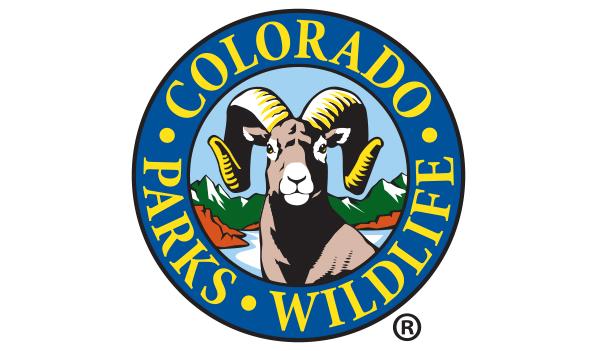Colorado Parks and Wildlife secures source population of gray wolves for its second year of reintroduction efforts from British Columbia


Travis Duncan
Public Information Supervisor
720-595-8294 / [email protected]
DENVER – In an agreement announced today between Colorado Parks and Wildlife and the B.C. Ministry of Water, Lands and Resource Stewardship, the Canadian province will be a source for up to 15 wolves for the Colorado gray wolf reintroduction effort for this upcoming winter. These wolves will be captured and translocated between December 2024 and March 2025.
Overall, CPW plans to release 10-15 gray wolves on the West Slope per year, for a total of 3 – 5 years, this being the second year, as outlined in the Colorado Wolf Restoration and Management Plan.
“We are grateful to the B.C. Ministry of Water, Lands and Resource Stewardship for working with our agency on this critical next step in reintroducing gray wolves in the state,” said CPW Director Jeff Davis. “Their willingness and ability to work with another jurisdiction to support our conservation priorities, as they have in past translocation efforts, demonstrates their long-shared commitment to seeing this species succeed.”
CPW will begin capture operations this winter, with B.C. providing assistance in planning and carrying out the operation.
“We learned a great deal from last year’s successful capture and transport efforts and will apply those lessons this year as we work to establish a self-sustaining wolf population in Colorado,” said CPW Wolf Conservation Program Manager Eric Odell.
Just as last year in Oregon, CPW will be responsible for all costs associated with capture and transport of wolves.
- CPW staff will work with biologists from the B.C. Ministry of Water, Lands and Resource Stewardship to capture wolves
- Wolves will be tested and treated for disease at the source sites to ensure individuals meet requirements for reintroduction
- Collars will be placed on wolves, which will inform CPW on the behaviors and survival of reintroduced animals
- Wolves will be transported in sturdy aluminum crates to Colorado either by airplane and/or truck
- Wolves will be released at select sites in Colorado as soon as possible once they arrive in the state to minimize stress on the animals
Wolf selection will follow the guidance of the Colorado Wolf Restoration and Management Plan. Animals with major injuries – things like having several broken canines, missing eyes, fractured or missing limbs, mange or lice infection - will not be chosen for reintroduction. CPW will not translocate wolves that are from packs that are currently involved in situations of repeated livestock depredations.
“We are looking forward to working with B.C. and bringing together our combined experience and expertise in an effort that’s a win for both agencies,” said Odell. “Gray wolves from the Canadian Rockies were used for reintroduction in Idaho and Yellowstone. There are no biological differences between wolves in British Columbia and the wolves released in Colorado last year, and the new source population will provide additional genetic diversity to our state’s small but growing wolf population.”
The Colorado Parks and Wildlife Commission approved the final Colorado Wolf Restoration and Management Plan in May 2023, clearing the way for CPW biologists to reintroduce gray wolves west of the Continental Divide and meet the voter-approved deadline of reintroduction by December 31, 2023.
Visit CPW’s Stay Informed page and sign up for the Wolf Reintroduction eNews to stay up to date with CPW’s Wolf Restoration efforts.
Colorado Parks and Wildlife (CPW) is an enterprise agency, relying primarily on license sales, state parks fees and registration fees to support its operations, including: 43 state parks and more than 350 wildlife areas covering approximately 900,000 acres, management of fishing and hunting, wildlife watching, camping, motorized and non-motorized trails, boating and outdoor education. CPW's work contributes approximately $6 billion in total economic impact annually throughout Colorado.
DISCLAIMER: The Colorado Parks and Wildlife (CPW) website maintains press releases containing historical information that may no longer be accurate. Press releases are dated, which should be noted to determine whether the information provided is current. Please review our current regulations and brochures for up-to-date information.